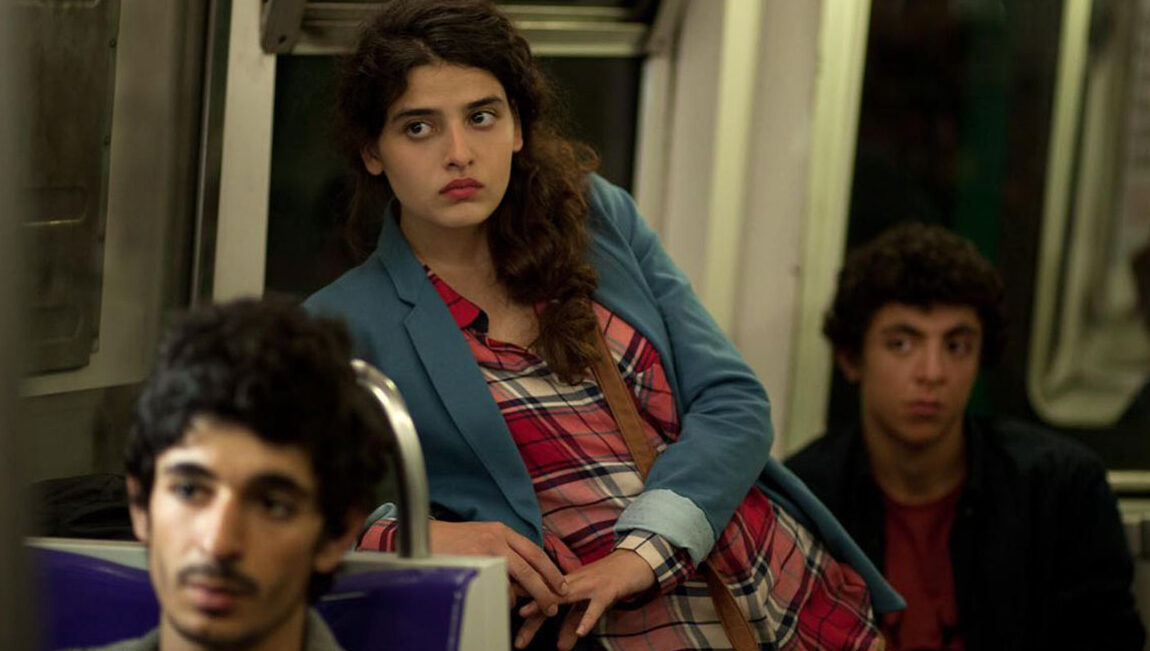As with so many James Mason films, in Pandora and the Flying Dutchman (1951), the actor seems an anachronism, as if his parts could have been filmed at any point in history. Across his filmography, Mason’s posh, stage-trained accent recalls a gentry class all but forgotten by American audiences. But it’s his eyes, those deep brown abysses set quite a distance behind his stern brow, that are uniquely capable of accessing something out of time entirely.
Pandora exists at a peculiar nexus. In many respects, Mason’s classical air permeates the film. A verbose narrator, embodied by a local archaeologist, lays out the plot in retrospect, following the discovery of a pair of corpses on the beach. In the Spanish port of Esperanza, every man lusts after Pandora (Ava Gardner), but Pandora is reticent to give her heart away until a sea captain named Henrik Van Der Zee (Mason) arrives in the harbor, unfortunately mere moments after she has reluctantly accepted a suitor’s proposal. It’s pure adventure romance, absent any of the winks that have come to dominate our recollection of mid-century melodrama. Dense with quotations, Pandora’s ambitions are literary rather than commercial — respectable almost to a fault.
But if the tale of the Dutchman inspired Richard Wagner, it has in turn inspired Gore Verbinski. While Pandora’s deadpan seriousness might hew closer to the former, its narrative moorings (or lack thereof) anticipate the postmodern sandbox in which the latter so gleefully romped around. A child’s toy box might feel a greater obligation to historical fidelity. Esperanza is an orgy of mismatched historical reference points — a beach upon which so many tides have washed up all manner of oddities. Matador legends, British race car drivers, and Dutch sea captains fill out the cast. Antique statues and eleventh-century Persian books of poetry litter the sand, struggling to impart their eternal wisdom to all of them.
The prevailing effect of Pandora, though, is neither postmodern nor classical. The rarefied sensation of watching the film is perhaps best expressed in a piece of set design. Commissioned by director Albert Lewin from his friend, Man Ray, the piece — a portrait of Pandora painted by Van Der Zee — shows Gardner in a Penelope-esque white dress at the forefront of a series of clean parallel lines extending diagonally across the canvas, ending in a rough sea in the distance. The scale and perspective is entirely extraterrestrial; in her hand sits a Parthenon-like structure no larger than her head, and the background is populated by others like it. The work resembles nothing so much as the paintings of Giorgio De Chirico. Watching Van Der Zee take in his creation, the oblique sense of temporality seems reflected in his eyes. Like the sea rocking his ship’s cabin, the world tilts on this new axis. From its high-minded aspirations and mishmash of swashbuckling signifiers, Pandora attains another plane altogether. Scale, perspective, and time are arranged not according to logic, but rather they rotate around a more powerful and less understood emotional truth.
Cinematographer Jack Cardiff, in peak experimental form following his run with the Archers, shoots Esperanza with the same eerie depth as Man Ray’s painting. The scene of Pandora’s cliffside engagement to the race car driver is one florid example. Throughout the moonlit sequence, he stares after her, but her gaze is caught on a new ship in the harbor — the Dutchman’s. The background nearly overbears the fore. She asks him to push his car over the cliff’s edge. He does, and we cut to a shot reminiscent of Francis Ford Coppola’s One from the Heart (1982) in the way it activates the layers of composition. The camera points at Pandora as she lays down, her face enormous in closeup at the bottom of the frame looking skywards, while above her the driver looks out towards the sea. Always, in Pandora, the gaze is turned elsewhere. Someone is looking at someone who’s looking at someone else. No image is ever closed off, and the chain of amorous glances ends only with the reflection of the moon on the sea.
Produced independently in the United Kingdom, Pandora understands better than most Hollywood fare that a good adventure, before it’s about anything else, is about the pull of the beyond. It’s what leads Pandora to swim naked to the unknown ship, only to discover herself already there on Van Der Zee’s canvas. It’s the pull of oblivion which draws the driver to race against the speed of sound, and which draws Pandora’s matador admirer to take on the bull. Death and immortality are fused on a single plane. Historical points of reference are jammed up against one another in awkward marriage, bent to the gravitational pull of something understood on a deeper level than realism. “We live in a time that has no faith in legends,” the archaeologist sighs in the final scene. Although his words from the film’s opening perhaps hew closer to Pandora’s spirit: “It was not a night for work… The moon was high over the sea, erotic and disturbing. I could hear the voice of a gypsy singer coming up from The Tavern of the Two Turtles.”
Published as part of InRO Weekly — Volume 1, Issue 15.







